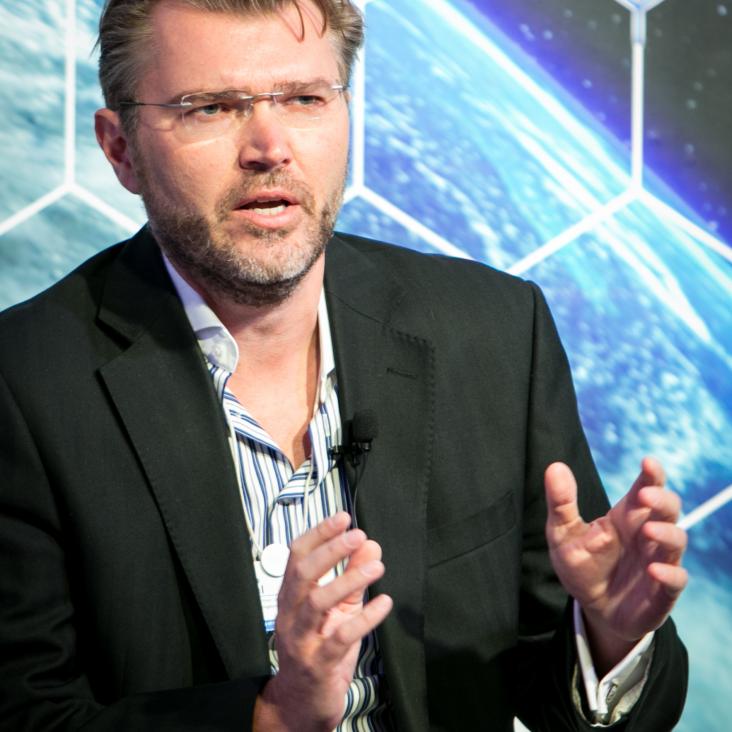Quantum plug n' play: modular computation in the quantum regime
NEW JOURNAL OF PHYSICS 20 (2018) ARTN 013004
Experimental Verification of a Jarzynski-Related Information-Theoretic Equality by a Single Trapped Ion.
Physical review letters 120:1 (2018) 010601-010601
Abstract:
Most nonequilibrium processes in thermodynamics are quantified only by inequalities; however, the Jarzynski relation presents a remarkably simple and general equality relating nonequilibrium quantities with the equilibrium free energy, and this equality holds in both the classical and quantum regimes. We report a single-spin test and confirmation of the Jarzynski relation in the quantum regime using a single ultracold ^{40}Ca^{+} ion trapped in a harmonic potential, based on a general information-theoretic equality for a temporal evolution of the system sandwiched between two projective measurements. By considering both initially pure and mixed states, respectively, we verify, in an exact and fundamental fashion, the nonequilibrium quantum thermodynamics relevant to the mutual information and Jarzynski equality.Can we hear the sounds of quantum superpositions?
Muzikologija National Library of Serbia (2018) 15-19
Quantum Physics and Time from Inconsistent Marginals
Chapter in The Map and the Territory, Springer Nature (2018) 273-280


